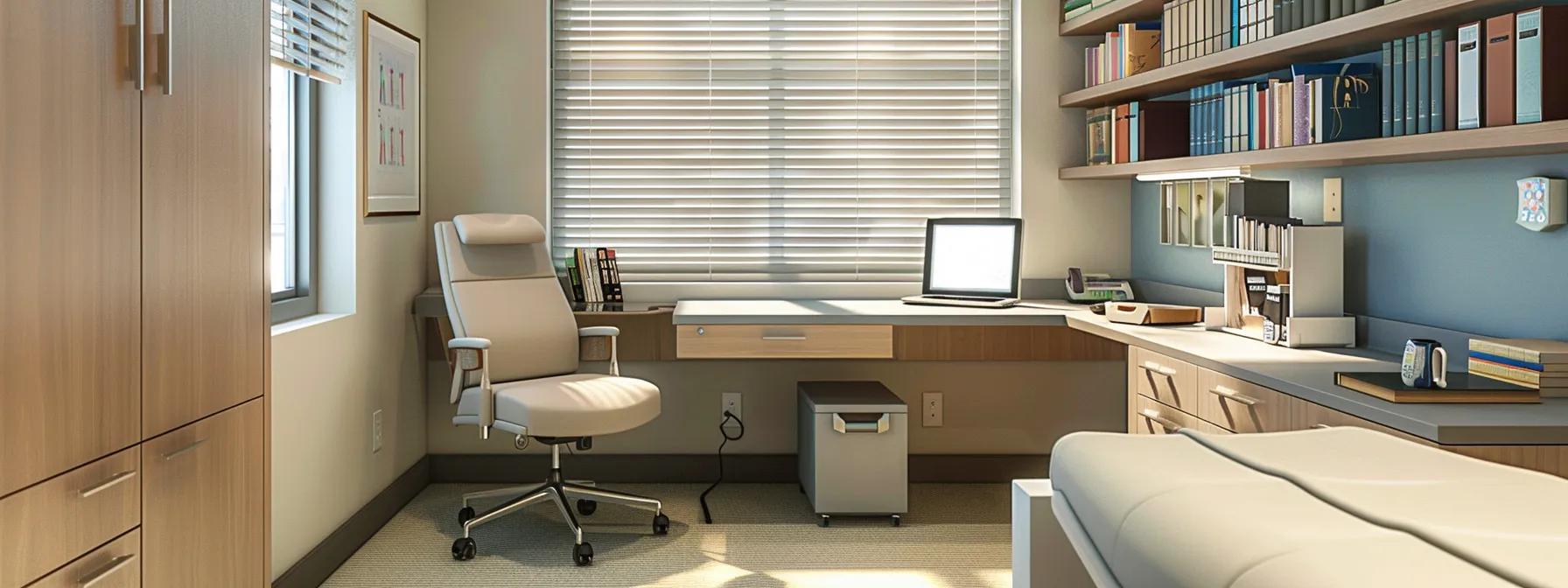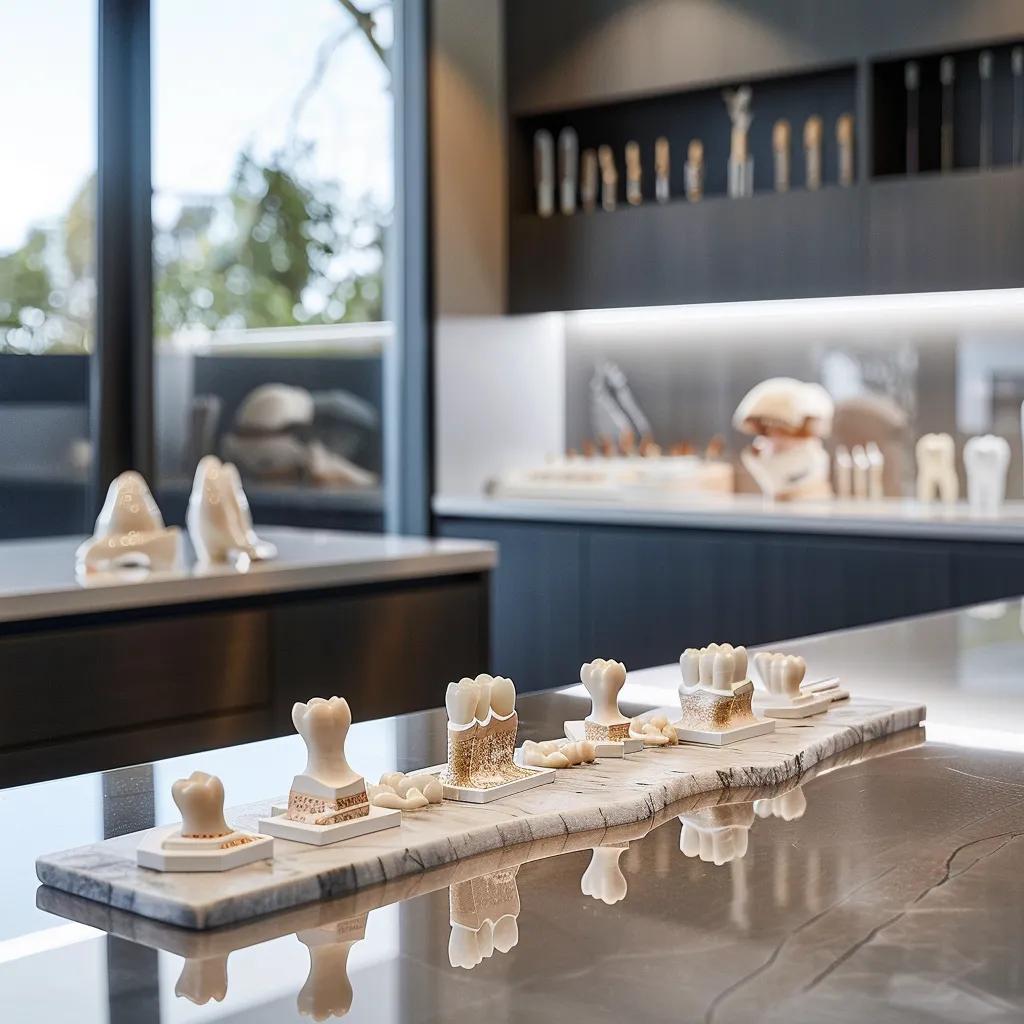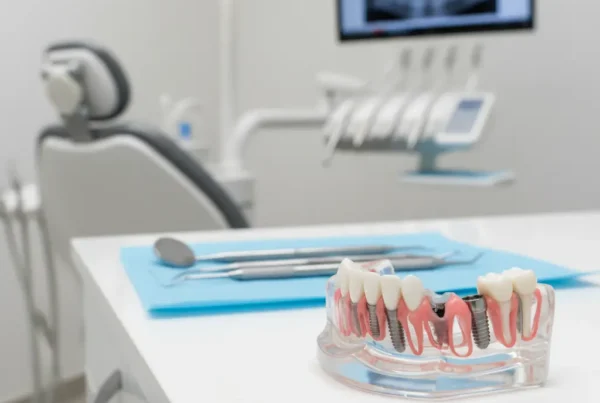Introduction to Dental Implant Materials
Dental implants have revolutionized the way we replace missing teeth. As the most durable and natural-feeling solution, they offer patients a permanent option that looks, feels, and functions like their own teeth. However, not all dental implants are created equal—and the material used plays a pivotal role in how successful the implant will be. Understanding the science behind these materials helps patients make informed choices based on long-term benefits, aesthetics, and health.
Material science is one of the most important, yet often overlooked, components of implant dentistry. The choice between titanium and zirconia, for instance, goes beyond preference—it impacts biocompatibility, healing time, bone integration, and even cost. At Grand Prairie Family Dental, we believe every patient deserves to understand the materials being placed in their body. That’s why we take a comprehensive approach to educate and involve you in the selection process.
Titanium: The Gold Standard
Titanium has long been the go-to material for dental implants, and its success rate speaks for itself. Its ability to fuse directly with bone through a process called osseointegration means it offers unmatched stability and longevity. In fact, titanium implants have a documented 10-year success rate of up to 98%. Its strength and flexibility make it suitable for a wide range of clinical scenarios, from single-tooth replacement to full-arch restorations.
This metal’s unique composition—mainly titanium with trace amounts of other metals—helps it resist corrosion and maintain biocompatibility in the body. The surface of titanium implants can also be modified (e.g., SLA-treated) to enhance integration and reduce healing times. Despite its strengths, titanium is not without limitations. The metallic color can occasionally show through thin gum tissue, especially in the front of the mouth, affecting the aesthetic outcome.
Advantages of Titanium
Titanium offers several notable benefits for both patients and practitioners. Here are key reasons why titanium remains a top choice:
- Proven longevity: Backed by decades of research and clinical use
- Excellent osseointegration: Promotes strong, stable bone attachment
- Versatility: Effective in various implant sizes and placements
- Durability: Resistant to bite force and daily wear
For many patients, especially those with robust oral health and no metal sensitivities, titanium implants offer an unmatched blend of durability, clinical predictability, and affordability. However, aesthetics and personal preferences may lead some to explore alternative materials.
Zirconia: The Metal-Free Alternative
Zirconia, a ceramic-based material, is the most common alternative to titanium for dental implants. Its naturally white color makes it a more aesthetically pleasing option, especially for anterior (front) teeth or cases with thin gum tissue. For patients concerned about having metal in their body—or those with allergies or autoimmune concerns—zirconia presents a biocompatible, non-metallic alternative.
Recent advancements have significantly improved the performance of zirconia implants. Today’s implants are made from yttria-stabilized tetragonal zirconia polycrystal (Y-TZP), which offers impressive strength and durability. Though zirconia is more brittle than titanium, innovations in monolithic design and computer-aided manufacturing have minimized fracture risk while improving overall longevity.
Benefits of Zirconia Implants
Zirconia implants offer advantages that go beyond appearance. Here’s why patients might choose them:
- Metal-free composition: Ideal for those with metal allergies or sensitivities
- Superior aesthetics: Matches natural tooth color and avoids gray show-through
- Lower plaque accumulation: Non-porous surface reduces bacterial adhesion
- Biocompatibility: Encourages soft tissue health and reduces inflammation
While zirconia implants may carry a higher upfront cost, they offer excellent results in the right cases. Their strength, aesthetics, and immune-friendly nature make them an increasingly popular option among health-conscious and cosmetically focused patients.
Critical Material Selection Factors
Choosing the right implant material isn’t just about preference—it’s about science, anatomy, and long-term results. Several key factors help dentists determine which implant type is best suited for a patient. These include bone density, gum tissue thickness, medical history, and functional needs. Customizing treatment based on these variables ensures the best outcome and reduces the risk of complications down the road.
Patient health plays a significant role in material selection. For example, those with autoimmune disorders may react poorly to titanium, making zirconia a safer choice. Similarly, bone quality can dictate whether a certain implant type is even viable. Patients with thin bone ridges may require narrower titanium implants, while zirconia often needs more robust support.

What Influences Material Choice?
Several factors determine whether titanium or zirconia is right for you:
- Bone density and volume: Determines whether implant placement is feasible without grafting
- Gum thickness and smile line: Impacts aesthetics, especially in the front of the mouth
- Allergy or immune response: History of metal sensitivity may steer choice toward zirconia
- Budget and long-term goals: Upfront vs. lifetime cost comparisons
A personalized treatment plan, backed by 3D imaging and diagnostic tools, helps match each patient with the best implant material for their unique anatomy and lifestyle. At Grand Prairie Family Dental, we guide you through these decisions with clarity and compassion.
Health and Safety Considerations
Patients often ask: Are these materials safe? The answer is yes—but with important nuances. Both titanium and zirconia must meet rigorous standards set by health authorities like the FDA and CE. Implants are classified as Class III medical devices, meaning they undergo stringent testing for biocompatibility, mechanical strength, and safety.
Still, health and safety go beyond just passing tests. Titanium has a strong safety record, but rare cases of titanium hypersensitivity have been reported. Zirconia, by comparison, is less likely to trigger immune responses and offers a hypoallergenic option. It’s also less conductive than metal, which may reduce sensitivity in some patients.
How Safety Is Assured
Manufacturers and dentists work together to ensure implant materials are safe:
- ISO and ASTM standards: Cover testing for toxicity, corrosion resistance, and mechanical durability
- Pre-op assessments: Include medical history reviews and allergy testing if needed
- Long-term monitoring: Dentists check for signs of inflammation, bone loss, or mobility over time
- Sterile packaging and placement protocols: Reduce infection risk during surgery
Understanding that both materials are safe—but may interact differently with individual biology—reinforces the importance of customized care. At our practice, safety is never a compromise.
Why Grand Prairie Family Dental for Implants?
Selecting the right implant material is only half the equation. The other half? Choosing a dental team with the experience and technology to deliver results. At Grand Prairie Family Dental, we combine precision diagnostics with compassionate care to ensure every implant case succeeds—whether it’s titanium, zirconia, or a hybrid approach.
Our team uses advanced 3D imaging like CBCT scans and guided surgery software to map the ideal implant position. This minimizes guesswork and maximizes accuracy, particularly for complex cases. Whether you’re replacing one tooth or undergoing a full smile restoration, we’ll walk you through every step—from consultation to final crown—with full transparency and support.
What Sets Us Apart
Here’s what patients appreciate about our implant care:
- Personalized evaluations: We assess bone quality, health history, and aesthetics to build your ideal plan
- Flexible financing: We offer 0% APR plans and in-house payment options to keep implants affordable
- Compassionate support: Our bilingual team is trained to answer questions, ease anxiety, and make the process smooth
- Community trust: Hundreds of satisfied patients have restored their smiles with us
We believe in care that’s both advanced and approachable. Your health, comfort, and confidence are our top priorities.
Book an appointment with Grand Prairie, TX’s top dentist, Dr. Khademazad, today. It’s the first step to a better smile and increased self-esteem. Act quickly to enjoy a beautiful, straight smile without the pain of traditional braces. Call us at 972-988-0900.
Schedule Your Consultation Today!
Grand Prairie Family Dental
2475 W Pioneer Pkwy Grand Prairie, Texas, 75051
Google Reviews: See More Reviews From Grand Prairie Family Dental
View information about local places in our community.
Driving Directions to Our Practice
FAQs
Is zirconia really better than titanium?
Both materials have strengths. Zirconia offers better aesthetics and biocompatibility, while titanium has more long-term data and flexibility. Your dentist will recommend what’s best based on your case.
Will my insurance cover dental implants?
Some plans may cover parts of the implant process (like extractions or crowns). Our team helps you navigate your benefits and offers flexible financing.
Can I choose the implant material myself?
Yes—but it’s best to decide with guidance from your dentist. They’ll consider bone density, health conditions, and cosmetic needs to find your ideal match.
Related Articles
What Are Dental Implants, Dental Implant Success, Types of Dental Implants, Managing Dental Implant Complications, Dental Implants Maintenance Tips, Variables That Influence Dental Implant Costs, What Are the Risks of Dental Implants?, Are You a Candidate for Dental Implants?, Crown vs Implants Which is Better?, Single Tooth Implants, Mini Dental Implants, Zirconia Dental Implants, Dental Bridge vs Dental Implants, Dental Implant Failure, Basal Dental Implants






